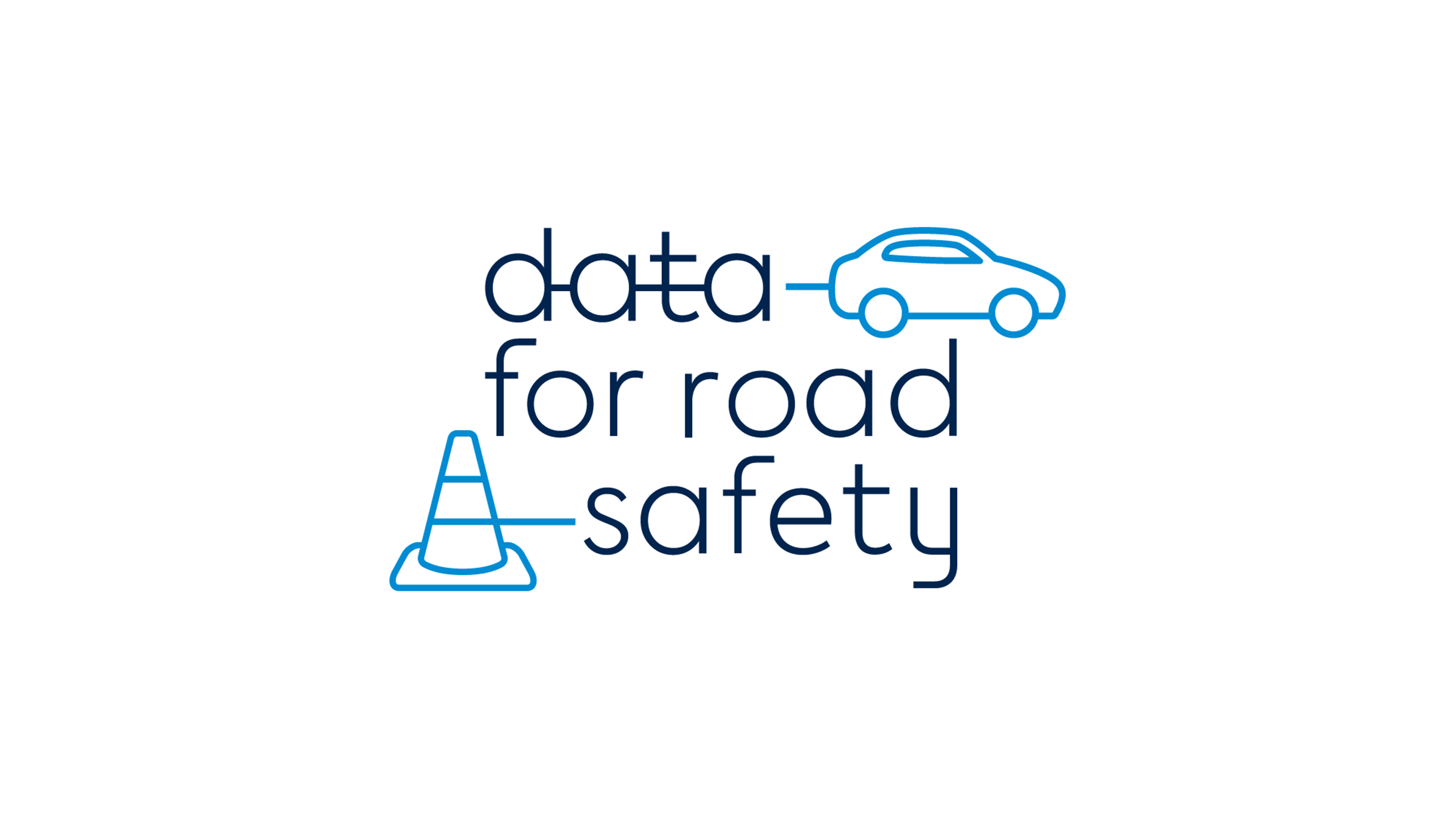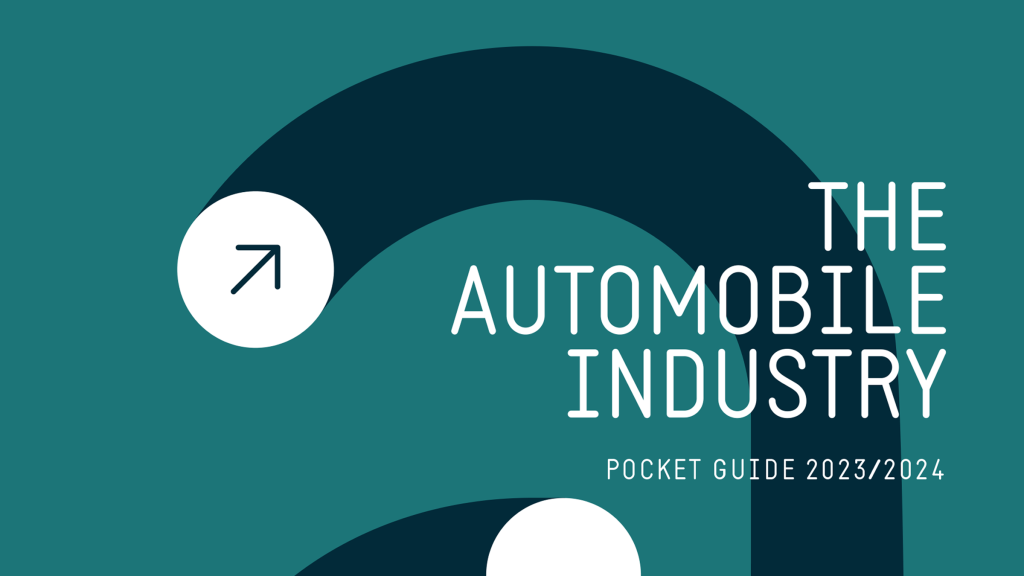Data for Road Safety moves from ‘Proof of Concept’ to long-term deployment

Brussels, 2 December 2020 – The European Commission-backed Data for Road Safety initiative, today announced that it is aiming for the long-term deployment of a Safety-Related Traffic Information (SRTI) ecosystem which will warn drivers about dangerous driving conditions.
The announcement has been marked with the signing of a multi-party agreement (MPA) in which automobile manufacturers, automotive suppliers, road traffic authorities, EU member states and location technology providers commit to the long-term exchange of safety data in order to make roads safer.
The agreement, which has a duration of five years, defines the technical and organisational framework of how safety data from multiple brands and multiple countries can be made accessible and used within the SRTI eco-system in a fair and trustworthy manner. It also defines the roles and responsibilities along the SRTI value chain. The SRTI ecosystem is based on a reciprocity model – with safety data being offered in return for safety services.
Already now, many vehicles are equipped with the latest technologies that detect dangerous road conditions and warn drivers — for example, when roads are slippery. Road operators can detect potential danger areas with their comprehensive infrastructure. However, these warnings are beneficial to other drivers and road operators – and the Data for Road Safety members believe that, regardless of which car brand or navigation application is used, all drivers across Europe should have access to a consistent minimum set of safety information that can help them make better informed decisions, thereby saving many lives.
Between June 2019 and October 2020, members of the Data for Road Safety partnership took the first step towards a harmonised exchange of safety-related data by conducting a proof of concept (PoC) test of a decentralised data collaboration architecture. During the PoC, tens of millions of messages were provided to the ecosystem. Vehicles demonstrated that they are able to produce data for five of the eight SRTI categories of EU Regulation 886/2013 (unprotected accident area, broken down vehicle, temporary slippery road, reduced visibility and exceptional weather conditions).
Making this SRTI available has already had positive effect on road safety in Europe. For example, it helped accelerate the deployment of emergency services and vehicle-recovery companies by public authorities. Indeed, the exact location of vehicle crashes and broken-down vehicles was shared with service providers within seconds, who were then able to issue warnings to other road users.
The European Automobile Manufacturers’ Association (ACEA) succeeds the Dutch Ministry of Infrastructure and Water Management as Chair of the initiative.
“The Data for Road Safety ecosystem is a public-private partnership that delivers enriched data to improve road safety in a very tangible way, so it is a win-win situation for society as a whole,” said Joost Vantomme, ACEA Smart Mobility Director and first Chairman of the new SRTI ecosystem. “The vehicle manufacturers participating in the project are willing to share data on a daily basis, and will continue their endeavours to contribute to the SRTI data ecosystem, together with all partners.”
If Europe wants to significantly improve road safety for all road users, all players in the SRTI value chain need to get involved. Wide-scale participation is absolutely necessary to ensure there is the critical mass of safety data required to make comprehensive SRTI services a reality. Hence, Data for Road Safety is launching a call for more stakeholders to join the SRTI ecosystem and contribute to further improving road safety in Europe.
Membership is open to all willing and relevant actors in the SRTI domain and subject to the approval of the General Assembly chair. Prospective members can visit www.dataforroadsafety.eu for more details.
The Data for Road Safety ecosystem is a public-private partnership that delivers enriched data to improve road safety in a very tangible way, so it is a win-win situation for society as a whole.
Notes for editors
- Data for Road Safety Ecosystem includes the following organisations.
- EU member states and road authorities: Austria, ASFINAG; Belgium, Flanders AWV; England – Highways England; Finland Traffic Management Finland Ltd & Intelligent Traffic Management Finland Ltd; Germany, Federal Ministry of Transport and Digital Infrastructure; Luxembourg, Ministry of the Economy; Spain (Ministry of Home Affairs, Dirección General de Tráfico – DGT) and The Netherlands, Ministry of Infrastructure and Water Management
- Location technology providers: HERE Europe BV and TomTom Traffic BV
- Automotive suppliers: NIRA Dynamics
- Automobile manufacturers: European Automobile Manufacturers’ Association (ACEA); BMW AG; Ford Motor Company; Mercedes Benz AG and Volvo Cars
- For more information please visit: www.dataforroadsafety.eu.
About ACEA
- The European Automobile Manufacturers’ Association (ACEA) represents the 15 major Europe-based car, van, truck and bus makers: BMW Group, DAF Trucks, Daimler Truck, Ferrari, Ford of Europe, Honda Motor Europe, Hyundai Motor Europe, Iveco Group, JLR, Mercedes-Benz, Nissan, Renault Group, Toyota Motor Europe, Volkswagen Group, and Volvo Group
- Visit www.acea.auto for more information about ACEA, and follow us on http://www.twitter.com/ACEA_auto or http://www.linkedin.com/company/ACEA/
Contact:
- Cara McLaughlin, Communications Director, cm@acea.auto, +32 485 88 66 47
- Ben Kennard, Content Editor and Press Manager, bk@acea.auto, +32 485 88 66 44
About the EU automobile industry
- 12.9 million Europeans work in the automotive sector
- 8.3% of all manufacturing jobs in the EU
- €392.2 billion in tax revenue for European governments
- €101.9 billion trade surplus for the European Union
- Over 7% of EU GDP generated by the auto industry
- €59.1 billion in R&D spending annually, 31% of EU total

